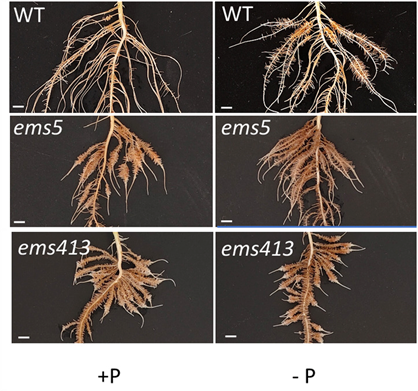
Bidirectional root-shoot signaling via CCR1 regulates cluster root and nodule development in legumes
Plant Science Research WeeklyLegume plants are renowned for their ability to form symbiotic relationships with nitrogen-fixing bacteria (rhizobia) in specialized root tissues called nodules. This symbiosis enables the conversion of atmospheric nitrogen into ammonia, a form of nitrogen that plants can readily use for growth. This…

Uncovering the kinase switch to coordinate symbiosis and immunity
Plant Science Research WeeklyBiological nitrogen fixation is a vital natural process that converts atmospheric nitrogen into bioavailable forms, enabling its assimilation into essential biomolecules such as amino acids and nucleic acids. This unique capability is primarily carried out by specialized microbes, often through their…

Friend or Foe? How fungi switch between helping and harming plants
Plant Science Research WeeklyPlants coexist and interact with various microorganisms in the soil environment, including fungi. These associated fungi can not only cause diseases but also establish symbiotic interactions that boost plant health. This is the case of the endophyte Colletotrichum tofieldiae, where some strains can improve…
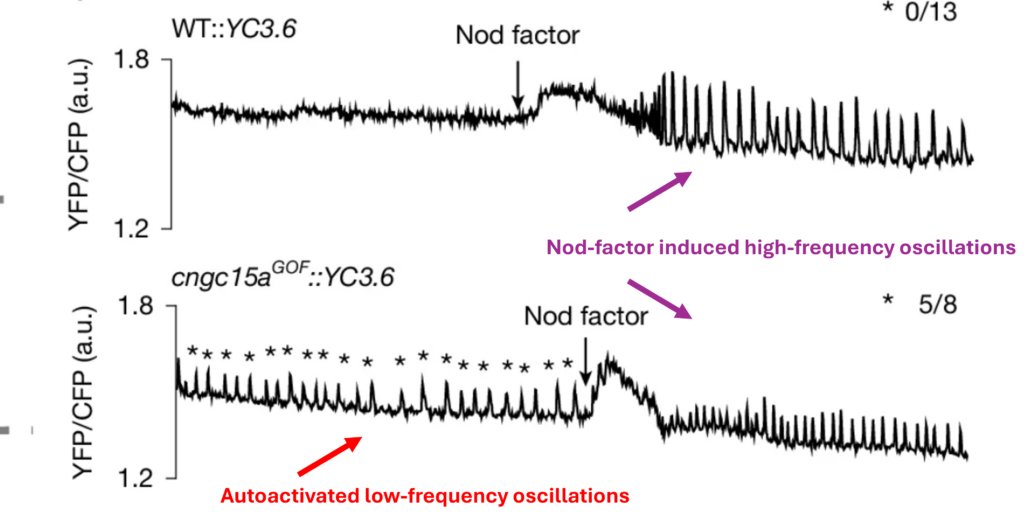
A mutation in a nuclear-membrane localized calcium channel enhances symbiosis
Plant Science Research WeeklyCalcium oscillations are widely employed molecular signals, but how signals are encoded and decoded remains largely unknown. In a new study, Cook et al. investigated mutations in the nuclear envelope-localized calcium channel CNGC15 from the legume Medicago truncatula. This protein normally forms a complex…
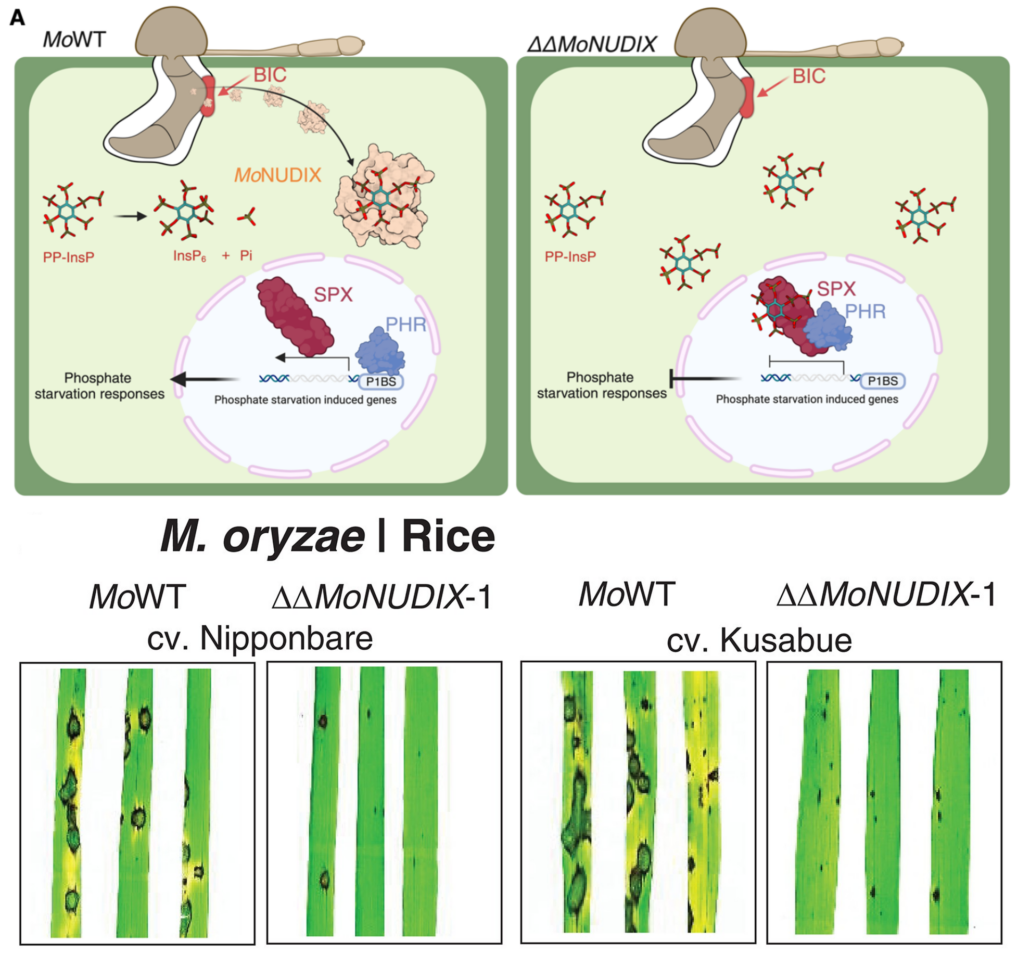
Fungal pathogen hijacks phosphate signaling to promote pathogenicity
Plant Science Research WeeklyWeakening your opponent is an effective way to win a battle. A new paper by McCombe et al. shows that several pathogenic fungi weaken their plant hosts by disrupting their phosphate signaling pathways. Phosphate is indispensable for plant growth, as a component of ATP, nucleotides, phospholipids, and…
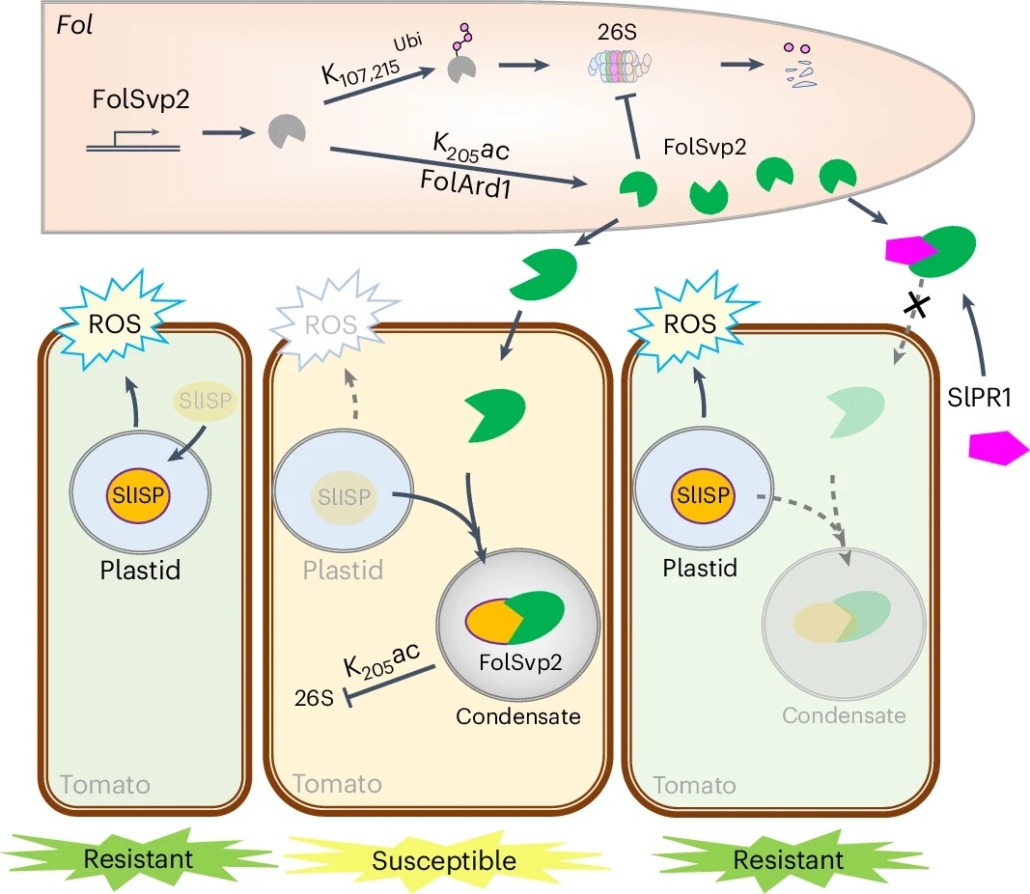
Tomato PR1 protein prevents the fungal effector FolSvp2 from suppressing SlISP-mediated ROS production
Plant Science Research WeeklyPlants and pathogens are locked in a co-evolutionary arms race. Pathogens secrete effectors into plants, leading to effector-triggered susceptibility. Plants in turn respond through the production of reactive oxygen species (ROS) and the expression of defence-related genes to defend themselves, which…
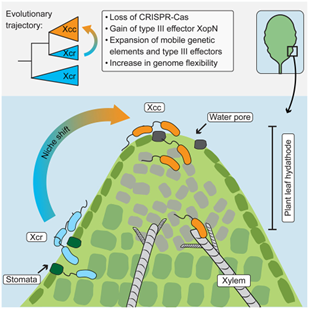
Shaping pathogenicity: How CRISPR-Cas loss fuels Xanthomonas evolution
Plant Science Research WeeklyPathogens have evolved diverse infection strategies governed by virulence factors, often targeting specific host organs or tissues. Genome fluidity plays a crucial role in enabling microbial pathogens to adapt to the dynamic selection pressures imposed by co-evolution with their hosts. In a recent study,…

LecRK-V and trehalose-associated immunity: a conserved defense mechanism across kingdoms
Plant Science Research WeeklyMembrane-localized receptor-like kinases (RLKs) are essential for perceiving diverse signaling molecules, including proteins, polysaccharides, hormones, reactive oxygen species, ions, and damage-associated molecular patterns. Among the well-characterized RLKs, FLS2, EFR, and CERK1 are known to recognize…
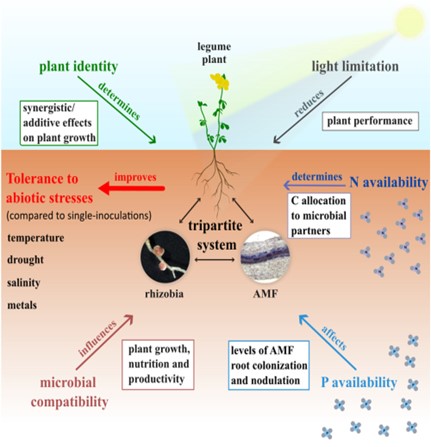
Review. Unraveling plant-microbe interaction dynamics: Insights from the Tripartite Symbiosis Model
Plant Science Research WeeklyPlants naturally interact with a diverse array of microorganisms, which influence their fitness in various ways. However, understanding these plant-microbe interactions and applying the knowledge in real-world agricultural systems has been challenging. Most experimental research focuses on bipartite…

